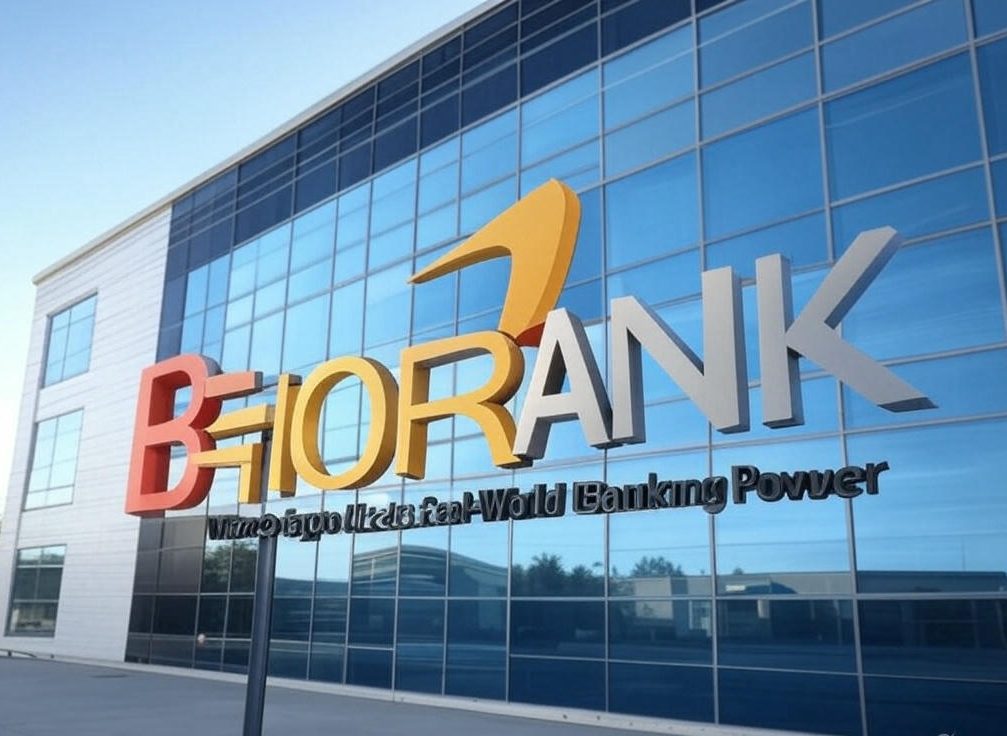Decentralized Finance, commonly known as DeFi, has quickly emerged as one of the most transformative trends in the cryptocurrency space. By leveraging blockchain technology, DeFi aims to recreate and enhance traditional financial systems, but without the need for centralized intermediaries like banks or brokerages. This article explores the core concepts of DeFi, its key components, and how it’s revolutionizing the world of finance.
What is DeFi?
DeFi refers to a broad range of financial applications that operate on decentralized networks, primarily using smart contracts on blockchains like Ethereum. These applications offer services similar to traditional financial institutions—such as lending, borrowing, trading, and earning interest—but with greater transparency, accessibility, and inclusivity.
Key Components of DeFi
1. Decentralized Exchanges (DEXs):
•DEXs, such as Uniswap and Sushiswap, allow users to trade cryptocurrencies directly with each other, without the need for an intermediary. These platforms use automated market makers (AMMs) to facilitate trading by pooling user liquidity and enabling trades at market-driven prices.
2. Lending and Borrowing Platforms:
•Platforms like Aave, Compound, and MakerDAO allow users to lend their assets to others or borrow against their crypto holdings. In return for lending, users earn interest, while borrowers can access capital without needing to sell their assets. This system is powered by smart contracts that automatically enforce terms, reducing the need for traditional credit checks or intermediaries.
3. Stablecoins:
•Stablecoins like DAI and USDC are cryptocurrencies designed to maintain a stable value, usually pegged to a fiat currency like the US dollar. Stablecoins are essential in DeFi, providing a reliable medium of exchange and a store of value in an otherwise volatile market.
4. Yield Farming and Liquidity Mining:
•Yield farming involves lending or staking cryptocurrencies in DeFi protocols to earn rewards, often in the form of additional tokens. Liquidity mining, a subset of yield farming, rewards users for providing liquidity to decentralized exchanges. These practices have become popular ways for users to earn passive income in the DeFi ecosystem.
5. Insurance Protocols:
•To mitigate risks associated with DeFi, insurance protocols like Nexus Mutual offer coverage against smart contract failures, exchange hacks, and other potential losses. These decentralized insurance platforms allow users to pool their funds to provide coverage for others, with payouts governed by smart contracts.
Advantages of DeFi
1. Accessibility:
•DeFi platforms are open to anyone with an internet connection, making financial services accessible to people in regions with limited access to traditional banking systems.
2. Transparency:
•All transactions on DeFi platforms are recorded on a public blockchain, ensuring full transparency and allowing users to verify the integrity of the system.
3. Control and Ownership:
•Users maintain full control over their assets in DeFi applications, as there is no need to deposit funds with a centralized entity. Smart contracts automate the enforcement of terms, reducing the need for trust in a third party.
4. Innovation and Flexibility:
•The open nature of DeFi protocols encourages innovation, allowing developers to create new financial products and services that can be easily integrated with existing platforms. This flexibility has led to rapid growth and experimentation in the DeFi space.
Challenges and Risks in DeFi
1. Smart Contract Vulnerabilities:
•DeFi platforms rely heavily on smart contracts, which, if not properly audited, can contain vulnerabilities that hackers could exploit. High-profile hacks and exploits have led to significant losses in the past, highlighting the importance of thorough security audits.
2. Regulatory Uncertainty:
•As DeFi grows, regulators worldwide are grappling with how to oversee this new sector. The lack of clear regulations presents both a challenge and an opportunity, as the sector remains largely unregulated, but future regulations could impact its growth.
3. Scalability Issues:
•Most DeFi applications currently operate on the Ethereum network, which has faced scalability issues like high gas fees and slower transaction times during periods of high demand. Layer 2 solutions and alternative blockchains are being developed to address these issues, but they remain a challenge for widespread adoption.
Conclusion
DeFi is revolutionizing the financial world by creating an open, transparent, and accessible ecosystem that operates without the need for centralized intermediaries. While it presents incredible opportunities for financial inclusion and innovation, it also comes with risks and challenges that must be carefully managed. As the DeFi landscape continues to evolve, it’s poised to play a crucial role in the future of finance, potentially reshaping how we think about money, investments, and economic systems.




